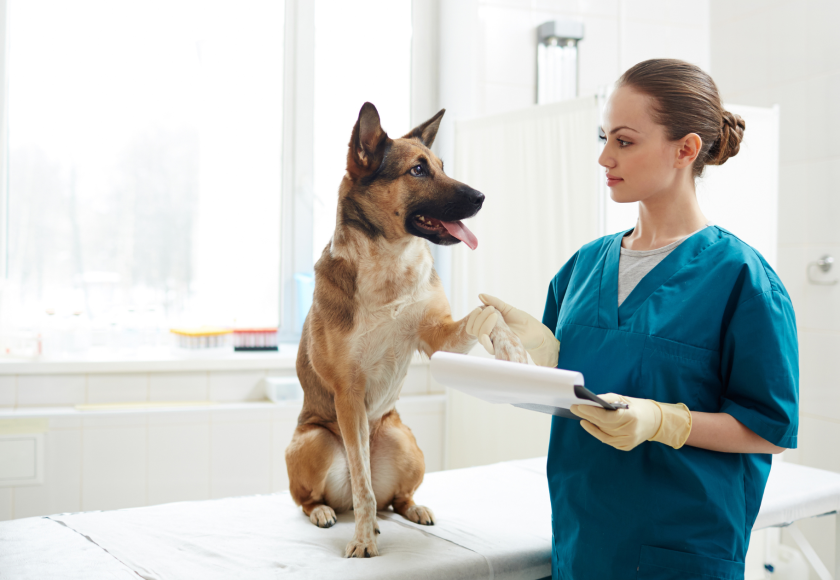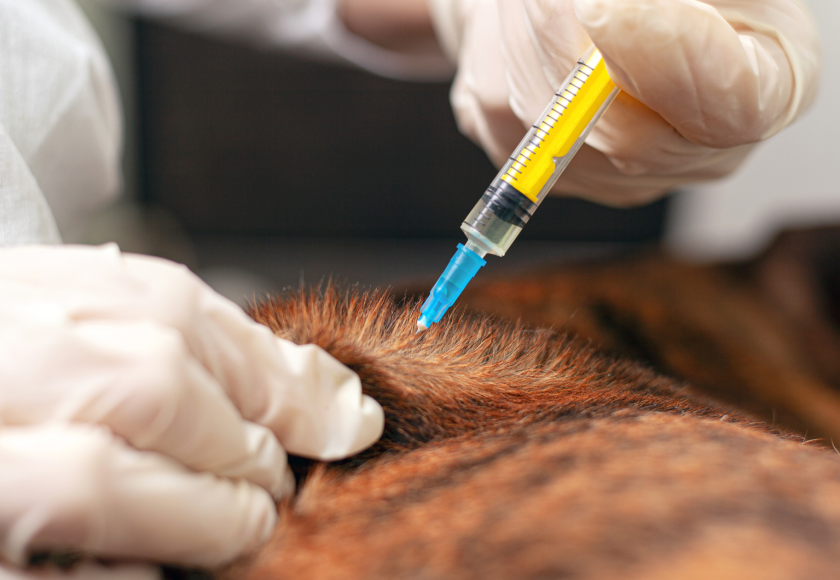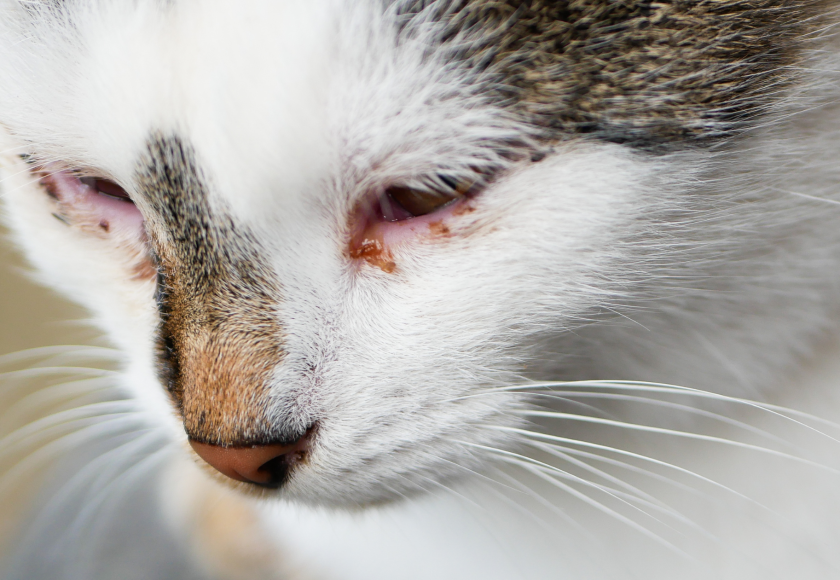Dog heat is an important process in the life of every dog, especially female dogs. Dog heat is one of the most important reproductive processes that dog owners encounter.
Heat is a natural physiological phenomenon during which a female dog’s body prepares for possible mating and the birth of puppies. Understanding this process is essential not only for breeders but also for anyone who wants to ensure the health and well-being of their pets.
Every caring owner of a female dog should know the basic aspects of a female dog’s heat cycle, including its duration, mating, and signs of heat, as well as changes in behavior.
Table of contents
What is dog heat?
Dog heat is a physiological process during which a female dog’s body prepares for breeding. Heat manifests itself in certain behavioral and physiological changes that indicate that the female dog is fertile and ready to mate.
A female dog’s heat cycle usually begins when she reaches sexual maturity, typically between 6 and 12 months of age, although this can vary depending on the breed and individual characteristics.
Signs of a female dog in heat
The signs of a female dog in heat are fairly easy to spot if the owner observes their pet closely.
The main signs are as follows:
- Physiological changes:
- Swelling of the vulva
- Bloody discharge from the vagina (first days of heat)
- Later, the discharge becomes lighter and less frequent
- Behavioral changes:
- The bitch becomes friendlier with other dogs
- She wags her tail more often and shows interest in males
- She may be more restless and less obedient
- Physical activity:
- More frequent urination
- Increased activity
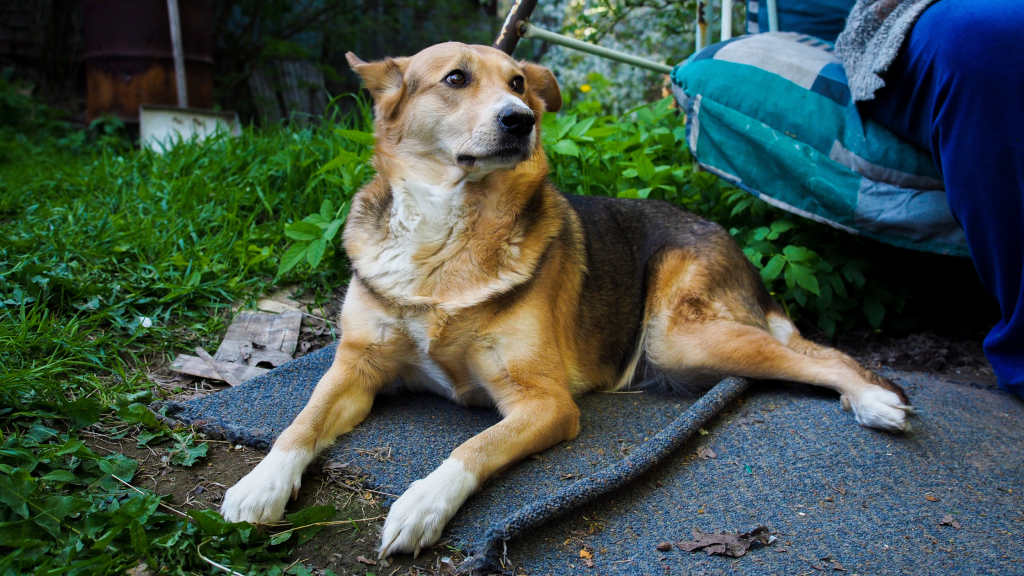
A dog’s heat cycle. What is it?
A male dog’s heat cycle is not a physiological process, but it has a strong effect on their behavior. Males sense a female’s heat cycle due to strong hormone secretions and the scents emitted by a female in heat.
Even several kilometers away, the scent of a female dog in heat can attract males. Male dogs become restless, may begin to mark their territory more frequently than usual, become more aggressive, or show a greater interest in escaping from home.
Most often, a male dog’s rut is felt throughout the entire period of a female dog’s rut. The behavior of males changes during the female’s heat, especially during the estrus phase, when the female is ready to mate. Males may stop eating, become restless, howl, and look for ways to reach the female.
To avoid undesirable behavior, it is recommended to keep males in enclosed areas or to neuter them if you do not plan to breed, as the psychological health of males is damaged every time a female neighbor goes into heat.

How long does a dog’s heat cycle last?
One of the most frequently asked questions is: how long does a dog’s heat cycle last? A female dog’s heat cycle usually lasts up to 4 weeks. The process is divided into four main phases:
- Proestrus (initial phase): Lasts about 7–10 days. During this period, the first discharge and swelling of the vulva are noticeable.
- Estrus (fertile period): Lasts 5–10 days. This is when the bitch is ready to mate. The discharge becomes lighter and her behavior changes – the bitch actively seeks out males.
- Diestrus (post-estrus): Lasts about 60 days. If the bitch has not mated, hormone levels return to normal.
- Anestrus (resting period): Lasts about 4–5 months. This is the time between estrus cycles when the bitch’s body rests.
Dog mating season
If you are planning to breed your dog, it is important to understand when the best time is. The best time for breeding is during the estrus phase, when the dog is most fertile. For successful breeding, it is recommended to observe the dog’s behavior and physiological signs.
Some owners also consult veterinarians, who can perform hormonal tests to determine the most accurate time for mating.
How to care for a dog during heat?
During the heat cycle, it is very important to ensure proper care for the bitch:
- Hygiene: Clean the floor and the bitch’s bed frequently to maintain cleanliness.
- Walks: Walk the bitch on a leash, as she may be inclined to run away in search of males.
- Protection: Avoid contact with unwanted dogs if you are not planning to breed.
- Veterinary consultation: If you have any concerns about your dog’s health or signs of heat, consult your veterinarian.
Pyometra – purulent inflammation of the uterus
When the heat cycle ends, the bitch’s behavior returns to normal, but sometimes 60–90 days after the heat cycle, the bitch may develop a serious health problem—pyometra, or purulent inflammation of the uterus.
This is a life-threatening condition caused by hormonal changes and bacterial infections. The main signs of pyometra are lethargy, decreased appetite, increased thirst, and frequent urination.
Female dogs may have unpleasant-smelling vaginal discharge, or no discharge at all in the case of closed pyometra. If you suspect pyometra, you must contact your veterinarian immediately. Treatment usually involves emergency surgery to remove the uterus or intensive antibiotic treatment in the early stages.
If you do not intend to breed or mate your female dog, spaying is an effective preventive measure to help avoid this serious disease.
If you notice any unusual symptoms after her heat cycle, do not delay and make an appointment at the Begemotas Veterinary Clinic to ensure your pet’s health.
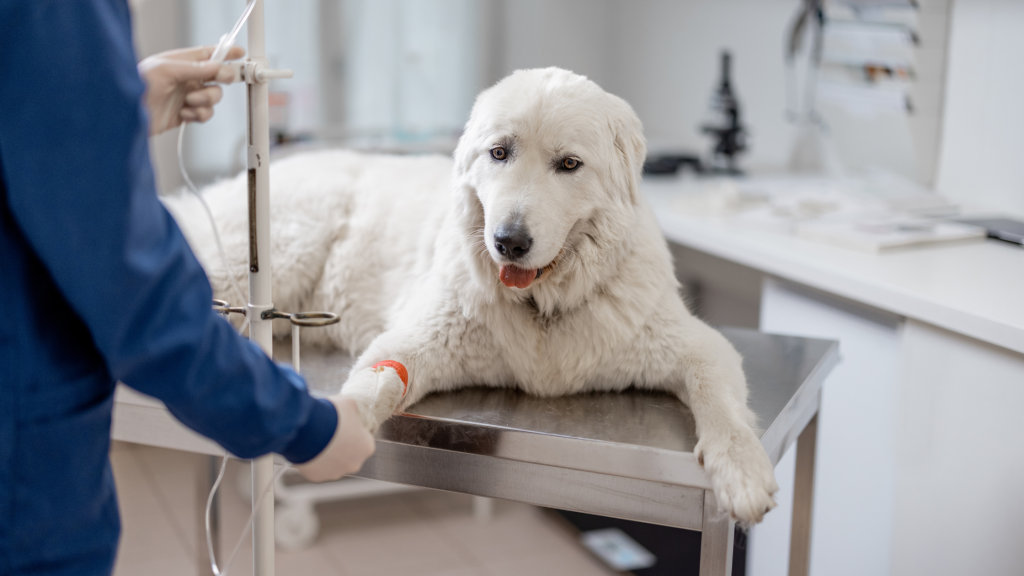
Where to go for preventive care?
A dog’s heat cycle is a natural process that requires a responsible approach from the owner. Understanding how long a dog’s heat cycle lasts, what the signs of a bitch’s heat are, and how to properly prepare for a dog’s heat cycle helps ensure the well-being and health of your pet.
Proper care and veterinary assistance will help avoid potential problems and maintain your dog’s health throughout her life.
The Begemotas Veterinary Clinic provides professional services to ensure the health of your dog’s reproductive system.
The veterinary specialists working at the veterinary clinic in Vilnius have many years of experience in the field of animal reproduction and use modern diagnostic equipment.
Hormone tests, ultrasound, and endoscopic procedures allow us to accurately determine the phase of the estrus cycle and avoid possible complications such as pyometra or infertility.
In addition, the veterinary clinic offers individual consultations, preventive examinations, and veterinary care plans to help ensure your pet’s health and well-being at all stages of life.
To take care of your pet’s health, register for an examination at the Begemotas Veterinary Clinic today!



